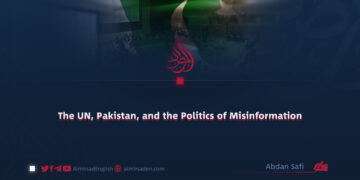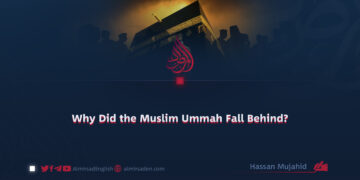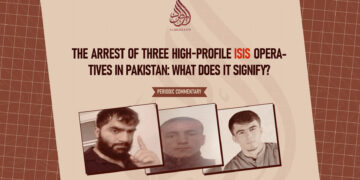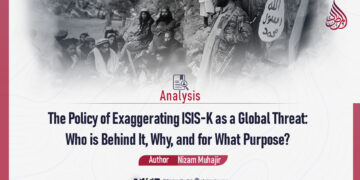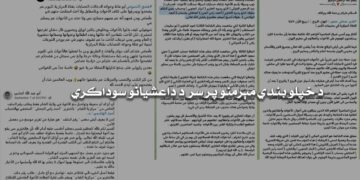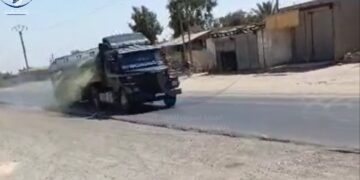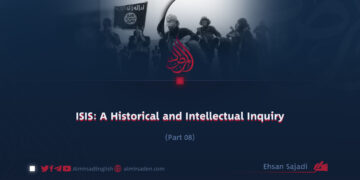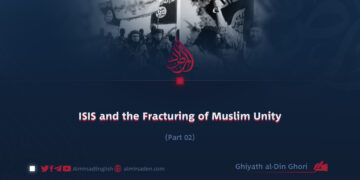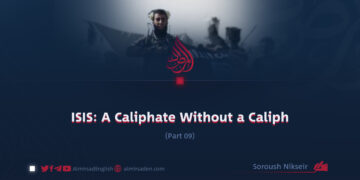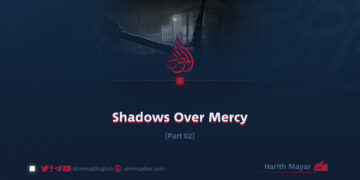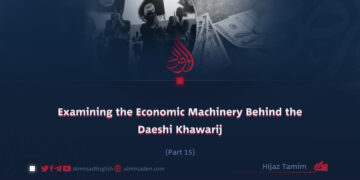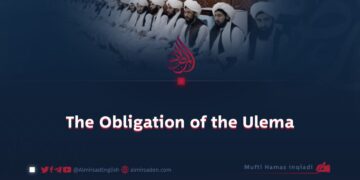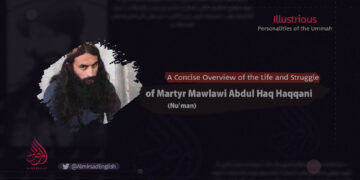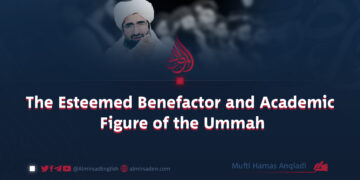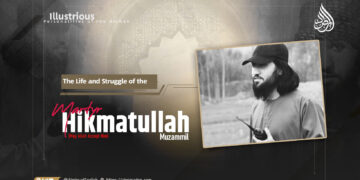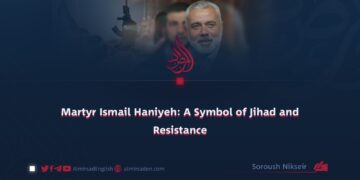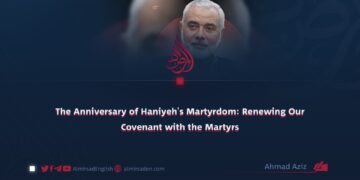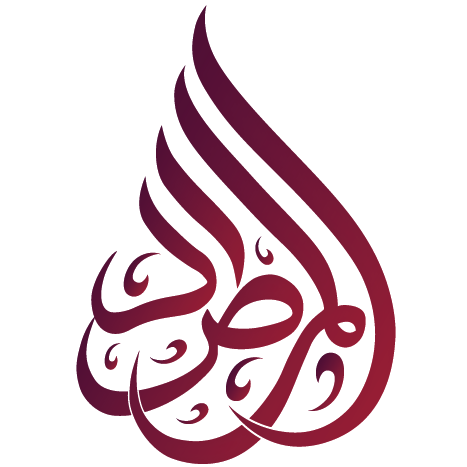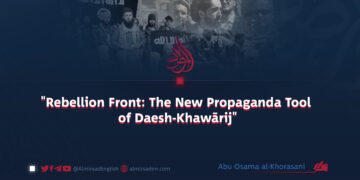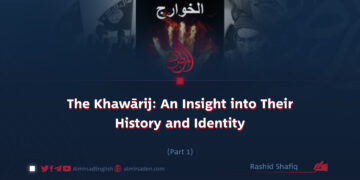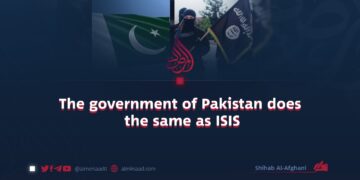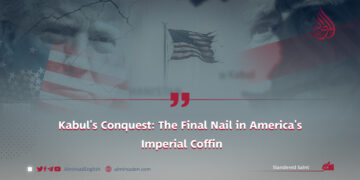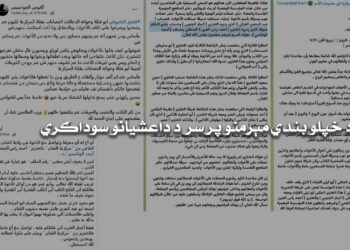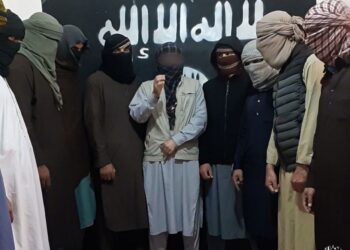Part 8
By Ehsan Sajadi
The Bloody Economy of ISIS: Inside the Financial Machinery of a Takfiri Group
ISIS fashioned an economy out of plunder and theft, creating one of the clearest illustrations of how violence can be institutionalized into a financial system. Though the group presented itself as a guardian of Islam, in reality it assembled a vast criminal network whose operations stood in direct conflict with both Islamic principles and basic human values.
At the peak of its strength, ISIS seized oil fields across Iraq and Syria and quickly emerged as one of the region’s largest smugglers. Tens of thousands of barrels were pumped daily, funneled into black-market channels, and sold at enormous profit. A striking detail is that some of this oil was purchased by states that were publicly at war with the group. Such contradictions expose the hollow nature of ISIS’s ideology, which served less as a creed than as a convenient cloak for profit-making.
The looting of banks and financial institutions provided another steady stream of income. When Mosul and other major cities fell under its control, ISIS wasted no time in emptying vaults and appropriating assets. Those funds were rapidly converted into weapons and military equipment, fueling an expanding cycle of violence. Far from resembling a functioning state, ISIS operated more like a disciplined financial-military cartel.
Equally shocking was its war on culture. Museums and archaeological sites were raided, priceless relics either smashed beyond recognition or sold through international trafficking networks. These crimes struck not only at the historical record of entire civilizations but also underscored a fundamental truth: for ISIS, nothing outweighed the pursuit of money and power.
Within the territories it dominated, the group imposed a suffocating financial regime. Poor families were burdened with crushing taxes. Kidnappings for ransom became commonplace. Women and girls were sold into slavery as though they were commodities. Each practice revealed how deeply ISIS’s actions contradicted the very faith it claimed to uphold.
The persistence of this system raises an unavoidable question: how did it endure for so many years? The answer lies in the silence, and at times the complicity, of the broader international community. Reports from the United Nations document how certain regional governments provided direct or indirect assistance. Banking networks enabled transfers, while local traders bought smuggled oil, ensuring the group’s survival. ISIS’s economy was not a self-contained anomaly but part of the region’s larger web of political and commercial interests.
A closer look at this machinery shows that ISIS was never a state in any meaningful sense. It was a criminal enterprise, one that generated revenues in the tens of millions of dollars each month. Its leaders exploited every possible avenue for profit, from selling water and electricity to besieged towns to trafficking in human organs. Countering such a system demands more than military campaigns. It requires an international resolve strong enough to sever financial arteries while dismantling the ideological and political foundations that allow such movements to take root.
The lesson of this grim chapter is clear. Cloaked in the language of religion, ISIS committed some of the most ruthless financial and human crimes of our time, stripping communities of their wealth and humanity alike. Its legacy remains a stark warning of how ideology, when weaponized for profit, can turn faith into a mask for plunder.

